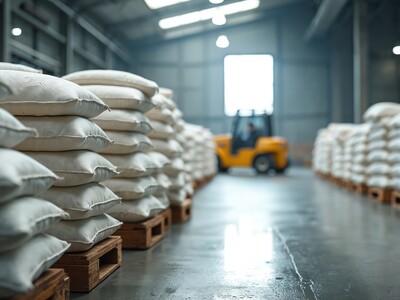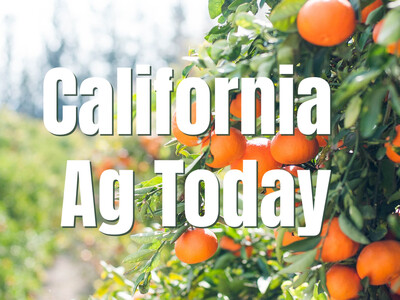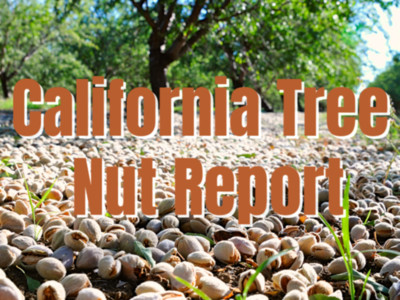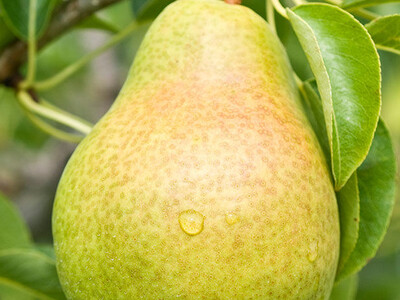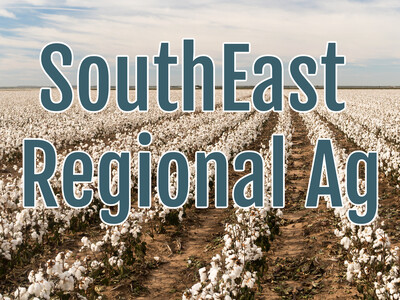Keeping Animals Safe at the Fair
Keeping Animals Safe at the Fair. I’m Greg Martin with today’s Line On Agriculture.
If you haven’t noticed, it’s that time of year again. Fair time - and Oregon State Veterinarian Dr. Brad LeaMaster is confident that prevention and common sense will make for successful, disease-free fairs.
LEAMASTER: When you bring in and concentrate animals and people together, you have an opportunity for contagious diseases to be spread. So that makes us think about how do we mitigate that, how do we prevent that? That’s biosecurity.
Biosecurity measures are designed to minimize or eliminate the risk of infectious diseases being transmitted. On-site veterinarians are the experts who help keep fairs in check.
LEAMASTER: Animals coming into the fair receive a veterinary inspection. So we have healthy animals coming into the fair. While they are at the fair, they are being constantly monitored for signs of disease. So any animals that get sick, would get removed and receive treatment straight away.
Minimizing animal-to-animal contact at fairs is one step. But fair goers have an important role, too. Washing hands after interaction with animals is critical. While there is no sign in Oregon of the swine flu that has sickened people at an Indiana fair, officials this summer will be on the lookout for that and other potential animal diseases. LeaMaster urges fair goers to use some common sense in order to protect themselves and the animals.
LEAMASTER: It’s like your grandma taught you, it’s basic sanitation. So if you are around the animals and you happen to be close enough to touch one, when you leave the area, just wash your hands.
That’s today’s Line On Agriculture. I’m Greg Martin on the Ag Information Network.






